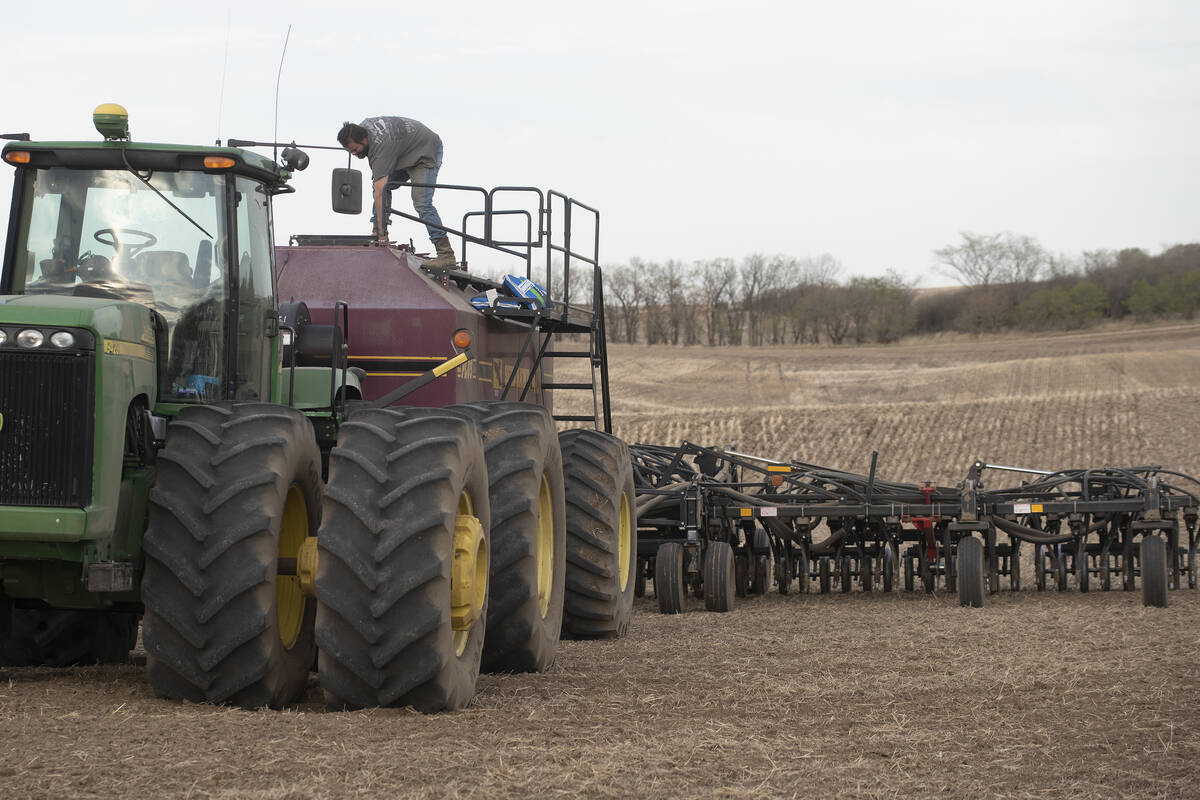Spinning it into gold may be out of the question, but one Manitoba company is hoping to turn straw and other agricultural waste products into electricity.
The St. Adolphe-based Triple Green Energy — formerly known as Biomass Best — is preparing to test a new system that it hopes will generate 70 kilowatts of power, using a three-million-BTU biomass burner.
Although large-scale generating stations use biomass — such as straw, oat hulls, cattails and flax — in Scandinavian countries, Triple Green president Raymond Dueck isn’t aware of any other projects like his in North America, and certainly not in Manitoba.
Read Also

Nutrien pays farmers for efficient nitrogen
Nutrien’s Sustainable Nitrogen Outcomes (SNO) program pays Prairie farmers to limit nitrogen loss and, therefore, fertilizer-related greenhouse gas emissions.
“So it’s still a maybe, but it’s a pretty good maybe,” he said, adding his company began developing the biomass burners in 1999. But since the beginning, people have always asked him the same question.
“Every time you turn around, people are saying, ‘boy that’s something — can you generate electricity with it?’” Dueck said.
He hopes to answer that question later this month, by hooking up an Ontario-made generator that uses a process known as the organic Rankine cycle to turn a turbine and generate electricity to one of his biomass-burning systems.
The test unit will be powered by a three-million-BTU biomass burner that normally has the capacity to heat 50 homes. But exactly how much power that same unit will generate is still unknown.
“Typically when you convert that to electrical energy, it’s considered pretty good if you get 25 per cent of it converted to electrical energy,” Dueck said.
In theory, a system of that size could generate 200 kilowatts of power, with heat left over for homes and businesses, but Dueck said the plan is to work their way up, beginning with a 70-kilowatt prototype.
Eventually, he would like to be able to generate power using the six-million-BTU biomass burners Triple Green also manufactures.
Dueck sees a market for the power generators in both rural communities and urban housing developments.
“I think ideally, it could be, should be, used as a heating system for new developments — this system could sit in the corner of the development, and run from there and hot water would be pumped to every home and they would be heated off of that,” he said, adding such systems also add redundancy to the power system in the event of severe weather or downed power lines.
Many small communities could also work in tandem to contribute to the rural power grid using distributed power systems, allowing the existing power grid to stabilize the flow of electricity, Dueck explained.
“And of course as you off-load more power generation to the communities, you can sell more power out of province, so it makes a lot of sense,” he said.
Localized power generation can also negate the need to build expensive new lines to communities that only need a small boost in power.
However, the inventor doesn’t see most of his sales occurring in Manitoba.
“Unfortunately… Manitoba Hydro doesn’t pay very much for people to generate electricity and inject it in the grid,” Dueck said. “But in Ontario they’re paying 13 cents a kilowatt for biomass energy injected into the grid, so we expect we will be selling quite a few systems into Ontario in the near future.”















